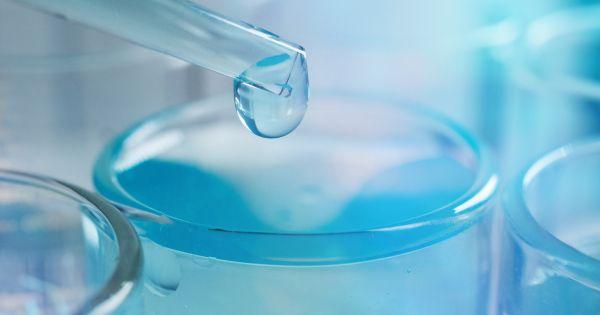
Pure substances are ideal for pharmaceutical products because they ensure safe supplements. To test purity, scientists use various strategies and obtain results. However, some factors can affect sample purity test results. Discover what can hinder outcomes.
What Are Sample Purity Tests?
From medications to dietary supplements, substances are the most effective when they’re pure. Purity refers to the absence of impurities that affect the potency of substances. Scientists do sample purity tests to evaluate substances and confirm the absence of impurities.
Professionals assess purity through melting and boiling determination, radiolabeled compounds, and analytic testing. Although strategies are straightforward, different things can affect results. It’s important to avoid biased measurements to ensure correct results.
Water
The first factor that can affect sample purity test results is water. You need a dry sample because water/condensation can influence the melting point reading. If you lower the melting point of a specific chemical, it may not appear pure, and this may affect potency or alter other measurements.
Packaging
Scientists must pack samples tightly inside tubes. To achieve this, they lightly tap the tube on a work bench to condense the sample. Without the step, the sample risks moisture intrusion, which can alter boiling and melting points. Without interference, moisture can create mold inside tubes and make the sample unsuitable for tests.
Incorrect Seals
Professionals must seal the open ends of a sample capillary tube to prevent crystal formation. Generally, crystals that are hygroscopic (i.e., they absorb moisture from the air) can infiltrate tubes and affect boiling and melting points. Depending on the substance, incorrect seals or the complete absence of seals can lead to evaporation. Sample loss may give an inaccurate test reading.
Different-Sized Samples
Each tube only requires one to three millimeters of samples. It’s always good practice to use the same measurements because greater samples require extra heat to melt, thus expanding their melting range, which can lead to less precise readings.
Moravek follows correct practices for sample purity testing. We offer radiolabeled compounds and other effective testing techniques. Get in touch with us today!
